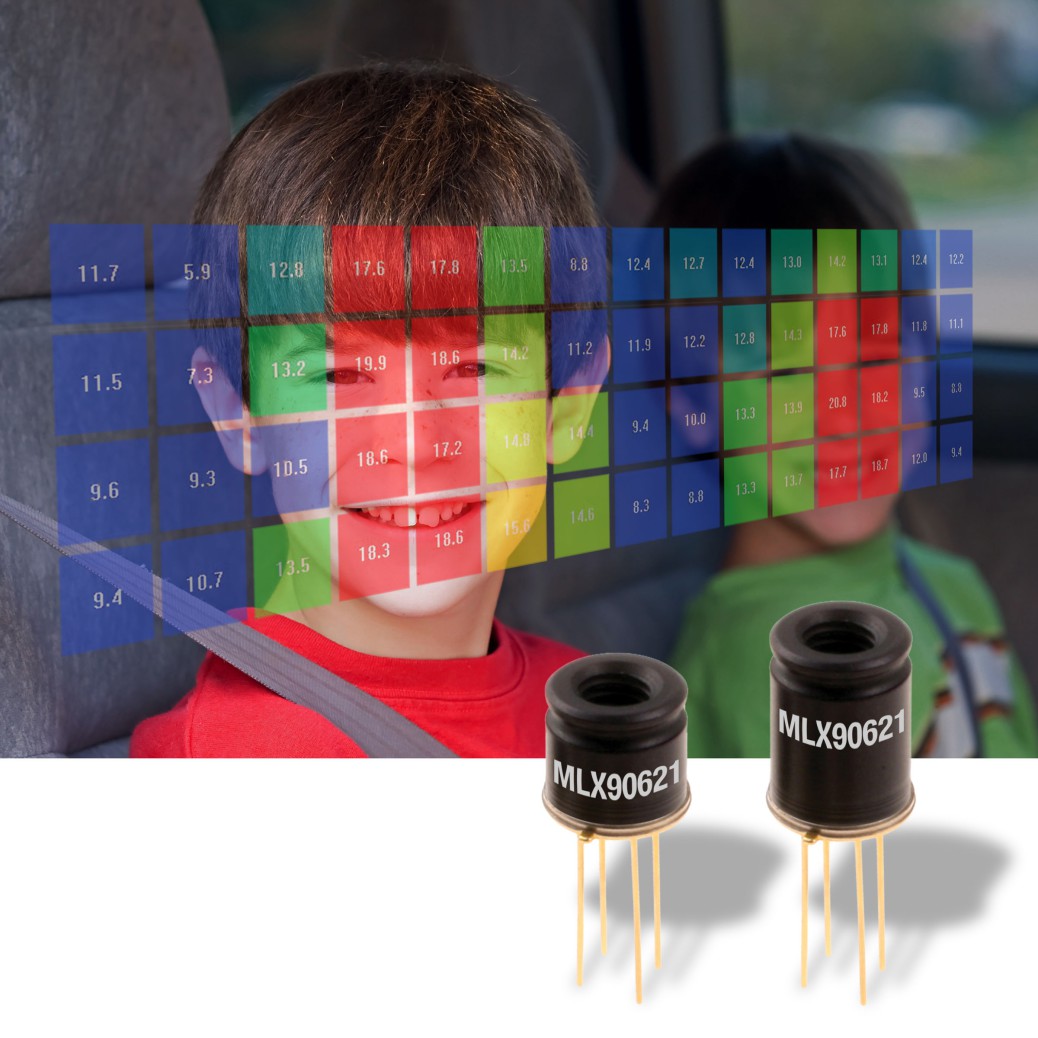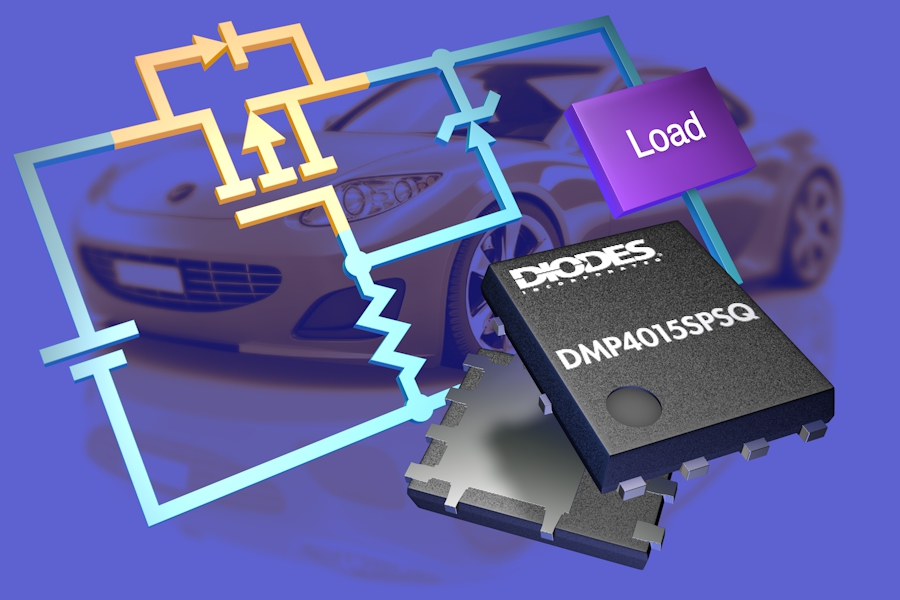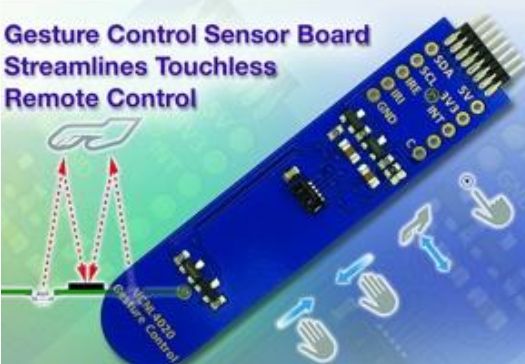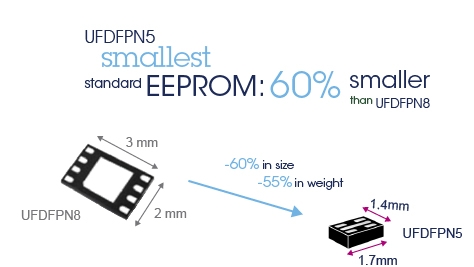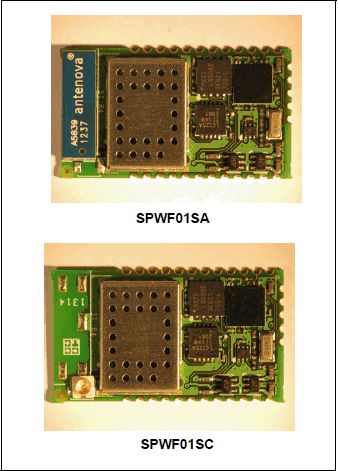Temperature-based Detection by IR MEMS Thermopile Array Sensors
The Internet of Things (IoT) has given rise to new application fields in which sensors play a key role, for example as proximity detectors in security systems, for patient detection in medical environments, or for measuring temperatures in industrial process control systems. Infrared thermopile array sensors now make implementing these cost-effective and easy.
Until now, photodetectors based on photoelectric effects and pyroelectric sensors based on crystal polarization were the most commonly utilized infrared (IR) detectors. Both are highly complex, making them expensive to manufacture. These technologies are also unable to detect static objects. Thermopile technology presents a clever alternative. It is based on thermoelements and exploits the fact that radiation from an object is largely a result of its temperature or the difference between its temperature and its environment.
Compared to conventional technologies, thermopiles offer many advantages, in particular lower costs and reduced space consumption, and they also do not need a power source or control system. It also benefits from superior linearity and precision. Unlike conventional thermosensors, which only measure the temperature at the contact point, these are able to measure the temperature for an entire area. An infrared array sensor consists of a lens, an IR band-pass filter, a thermopile array, a thermistor and an ASIC. The thermistor is used to measure the ambient temperature.
A thermopile consists of thermoelement couples that are electrically connected serially. The conductors of the thermoelement are made of different materials and are electrically coupled. The voltages at both ends are measured, which according to the Seebeck effect remain in proportion to the difference in temperature between the contact and the two ends. This enables a thermopile to detect a broad spectrum ranging from the ultraviolet to the infrared bands. An optical band-pass filter ensures that only a certain spectrum is filtered through – the spectrum in use will vary from application to application.
The thermopile elements arranged into a matrix form the array. They read the object and ambient temperature, which enables the direction of movement and the thermal image of the object to be determined, allowing both static and moving objects to be detected.
Broad Range of Uses
The range of applications that can benefit from IR array sensors is large. It enables persons to be detected or counted, and can be used to create security systems where the detection of people being present or moving triggers an alarm. In lighting or air conditioning systems, an IR array sensor can help to save energy – if it does not detect the presence or movement of a person, it ensures that the light is switched off or that the air conditioning system cools or heats less. Microwaves and stoves are also a potential field of use – if the sensor detects that the food has reached the desired temperature, the device is automatically switched off.
The ability to measure the temperature of an object or person is just as interesting in production control, process monitoring and machine monitoring as it is in security engineering, early-warning fire detection Systems and real-time thermography in Research & development.
Low-cost IR Array with Broad Field of View
Melexis is offering an IR array with a 16 x 4 pixel arrangement in the form of the MLX90621. This low-cost sensor offers a horizontal and vertical field of view of up to 100° x 30°, providing it with a much greater range than its predecessor. In terms of measurement speed and temperature resolution, it generates values that are four times better. A range of 8m can be guaranteed at 16Hz. The pre-calibrated arrays operate with a temperature range of -40 to 85°C and are able to measure the exact temperature of an object between -20 and 300°C. The interface and control are provided by the integrated digital I2C interface. The speed can be adjusted to an image refresh rate of between 0.5 and 64Hz.
The MLX90621, in a compact TO39 metal housing, is available in three variants with different fields of view (60° x 15°; 40° x 10° and 100° x 25°). The model with the largest field of view enables for example cheaper and more efficient control of an air conditioning system in a vehicle, because it is able to register the temperature profiles of both the driver and front passenger at the same time.
The EVB90621 evaluation board with ZIF socket enables plug-and-play evaluation of the IR array. Via its GUI, measured data can be displayed and logged, and key sensor Parameters can be adjusted quickly and easily.
Surface-mounted IR Array Sensor
The first surface-mounted thermopile Array sensor in compact SMD form comes from Panasonic – the Grid-EYE has 64 thermopile elements in an 8×8 matrix. These are combined with a MEMS sensor chip, an ASIC (I²C interface) and a silicon lens with 60° field of view in a housing. This enables Grid-EYE to detect multiple stationary or moving persons (in its direction of movement) at the same time and its surface temperature to be measured extremely precisely in real time.

